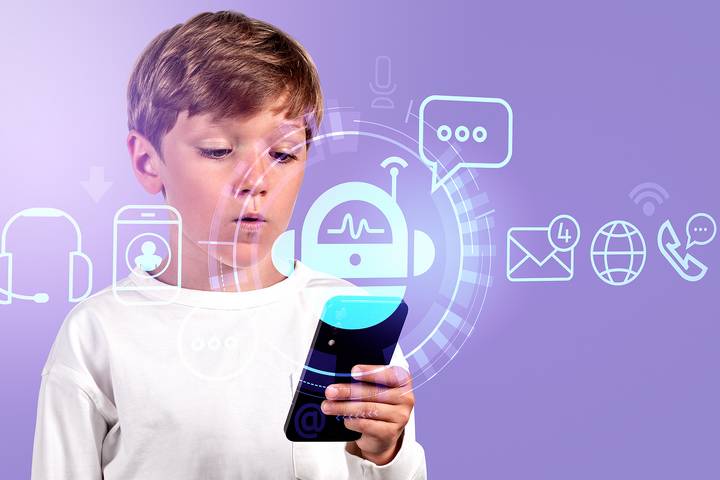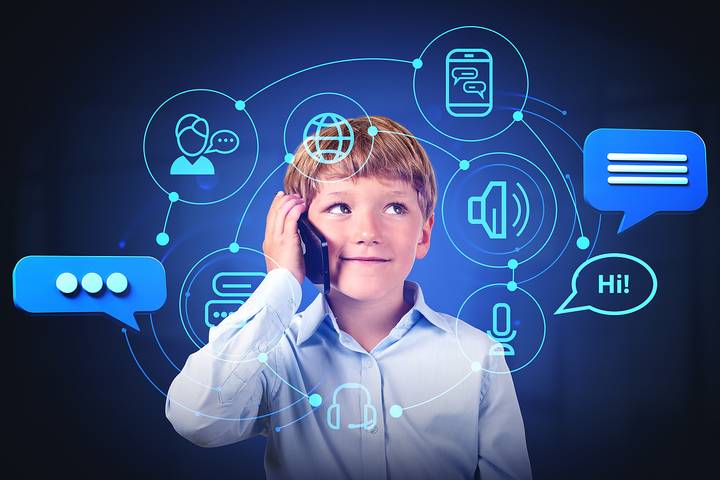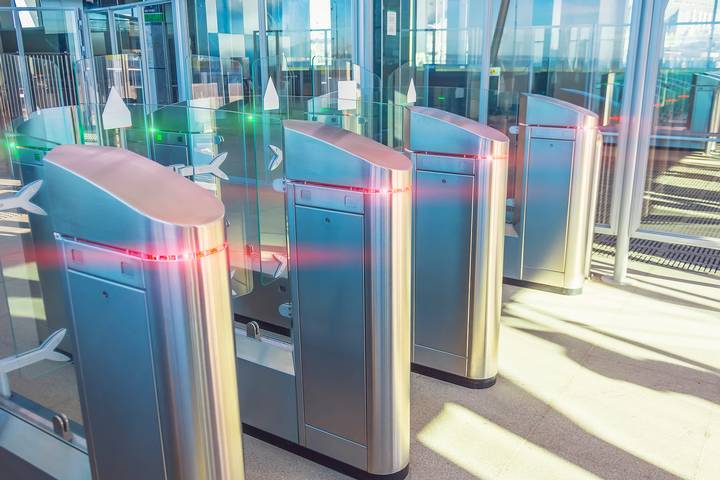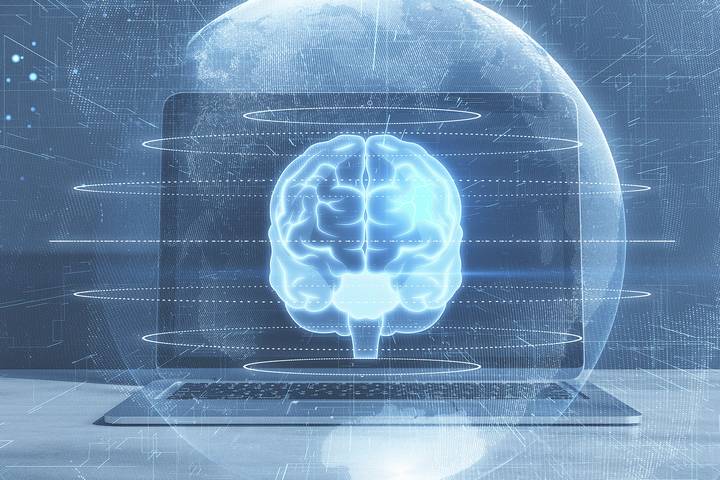Why Should AI Be Used In Schools?

AI use in schools is rapidly growing worldwide. While this is unchartered territory for many school boards, AI in schools has pros and cons. In particular, there are quite a few advantages to AI in schools that are worth noting.
There are a variety of approaches to dealing with AI integration into daily life, with some schools even considering an outright ban. Here is why that may not be the right way to go. Here is why AI should be used in schools.
Innovate How We Teach Kids

AI is not going anywhere. While some may deny it or block it, AI will be a part of our modern world for the foreseeable future.
At institutions like schools, students are expected to engage with AI. It makes sense to map out how this tool can best be utilized in an educational context.
AI to Transcribe Lesson Plans

AI can be used in voice-to-text capacities, such as in a science class or in a lecture, to automatically transcribe observations and teacher lectures. This can be made a public record or provided to students as a study resource.
This works like a voice assistant picking up audio and then providing transcription.
Adjust the Reading Materials

Not all students learn at the same speed or have the same way of learning. Sometimes, it can be beneficial to tailor a lesson to a student instead of forcing him to adapt to how the lesson is taught.
During a reading lesson, a teacher can enter the text into an AI tool. This text can be adjusted to match the grade level and/or learning level of a specific student.
AI Weapon Detection Technology

AI offers the chance to detect firearms and weapons in schools. School security solutions can visually identify weapons quickly and alert the relevant authorities, including the police.
AI can analyze video surveillance far faster than human beings and can provide maximum assistance in upholding the highest security standards for schools and educational institutions.
Use It to Catch Plagiarism

AI can cheat, yes. There are also ways to use AI as a plagiarism detector and as a tool against cheating. AI software is created and released every month, some of which target education and teachers.
A quick glance at the latest AI software monthly may inspire all sorts of ideas for the classroom.
AI to Develop Better Essays and Writers

While AI won’t replace human teachers, it can provide added attention that can help a student become a more effective writer. AI can be used to challenge writing quality in ways that do not equate to plagiarism.
For a writing assignment, imagine AI helping a student refine an existing essay, edit spelling and grammar, or even challenge the essay’s viewpoint.
Personalize Lessons for Foreign Language Students

Another example of personalizing activities with AI to meet the student’s needs is targeting students with special needs or students whose native tongue is not English.
If a student does not speak English well, AI may be able to simplify the language in a lesson or translate an activity for the student. It can also help instruct students on how to speak English and help them learn the language.
AI Tutoring Tools to Help with Homework

As a tutoring tool, AI has been used to provide step-by-step assistance to students who need individualized instruction. This can be used from their smartphone, tablet, or computer and aid students.
These tools help students perform below average, improve their grades, and catch up on lessons they may have fallen behind on.
Capture Key Points in the Curriculum to Summarize

For students to use as study tips or for teachers to help them frame a curriculum, AI can be used to identify key points from a lecture or specific modules in a curriculum.
AI in curriculum development is becoming more common in schools, as administrators are constantly seeking ways to update and modernize what they have in front of them for a curriculum.
AI to Generate School Resources

AI can be used to create all sorts of administrative-based systems and resources, including resources for the classroom.
When implemented properly, AI may be essential in managing school resources and monitoring learning trends. This includes individual grades, student achievements, classroom lesson progression, extracurricular participation, and more.





